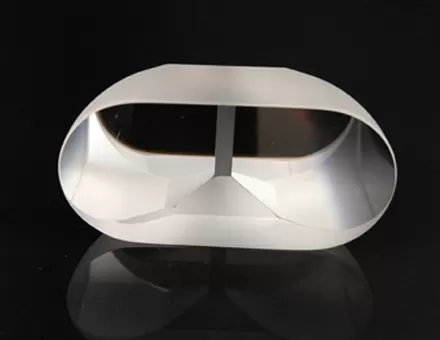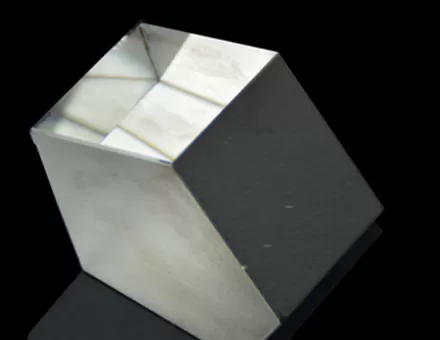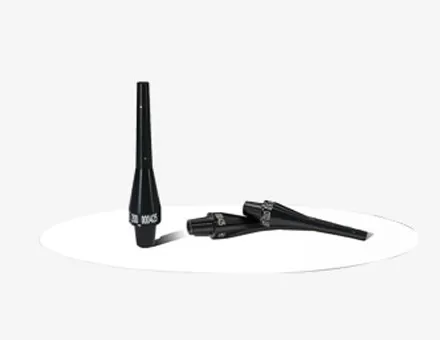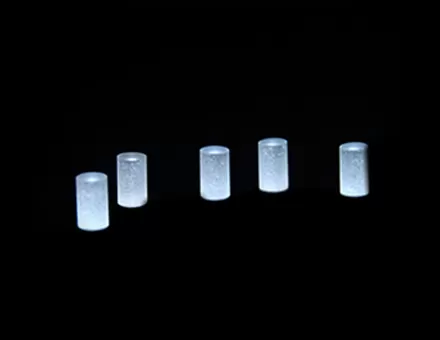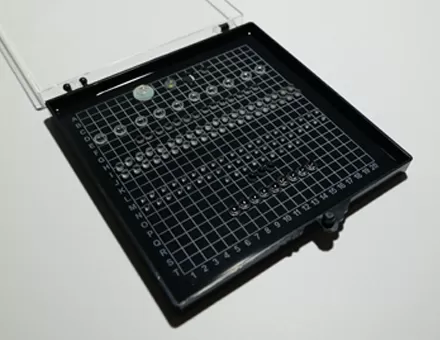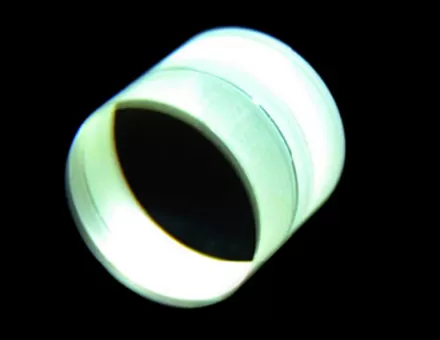Half Ball Lens: Basic Structure
A half ball lens is an optical lens formed by cutting a segment from a spherical surface, resulting in a semicircular cross-section. Its basic structure consists of two main parts: the lens itself and the lens holder. The holder is typically made from metal or plastic and serves to secure the lens and connect it to the optical path. The lens itself can be made of glass, plastic, or other transparent materials, and its surface may be coated with various optical films to meet specific optical requirements.
Half Ball Lens: Working Principle
The working principle of a half ball lens is based on the converging effect of a convex lens. As light passes through the front surface of a half ball lens, it undergoes refraction and is then further refracted and partially reflected by the rear surface. This interaction causes the light to converge at a focal point or spread out to a certain degree. This focusing or diverging effect makes a half ball lens widely applicable in optical systems.
Half Ball Lens: Optical Properties
Focusing Capability
Due to its convex-like geometry, a half ball lens can focus parallel light rays to a single point or transform point-source light into collimated beams. This makes it especially useful in applications such as illumination, photography, and imaging.
Imaging Capability
A half ball lens is capable of forming sharp images. By adjusting the lens's position and focal length, the size and location of the image can be modified. This makes the lens highly valuable in optical instruments such as microscopes and telescopes.
Magnification Capability
A half ball lens also provides a certain level of magnification, allowing small objects or fine details to be observed more easily. This feature is particularly useful for inspecting microscopic structures or fine features.
Half Ball Lens: Application Fields
A half ball lens is widely used in fields such as optical instruments, photography, image processing, lighting, and solar energy. For example:
In optical instruments, it is often used in imaging systems of microscopes and telescopes.
In photography, it helps adjust light paths and focus.
In image processing, it enhances image clarity and contrast.
In lighting, it contributes to the design of high-efficiency optical illumination systems.
In solar energy, it is used in concentrated solar power systems to improve the efficiency of sunlight collection.
Half Ball Lens: Usage Considerations
Operating Environment
Avoid using a half ball lens in high-temperature, humid, or corrosive environments, as these can degrade its optical performance and shorten its lifespan.
Cleaning and Maintenance
Clean the lens surface gently with a soft cloth. Do not use abrasive materials or harsh chemicals, as they may scratch or damage the optical surface.
Installation and Adjustment
During installation and alignment, ensure that a half ball lens is precisely positioned and securely fixed. Avoid contact with or impact from other objects to prevent misalignment or damage.
In conclusion, a half ball lens is an optical component with unique properties and diverse applications. Proper handling and maintenance are essential to preserving its performance and precision, thereby ensuring stable operation and a longer service life.

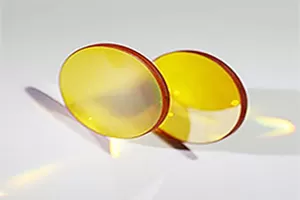
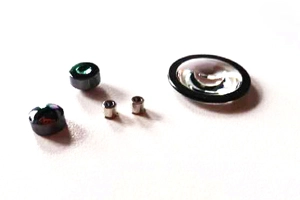

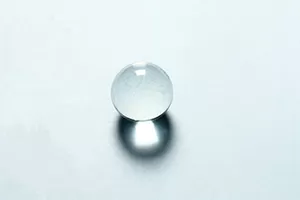
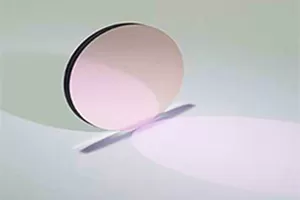
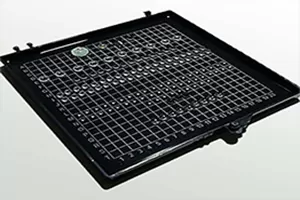

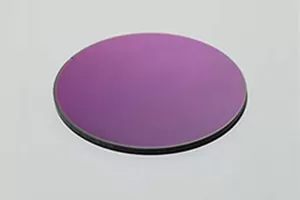
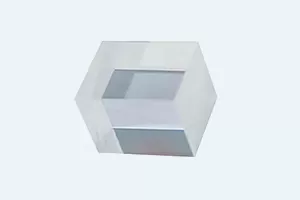
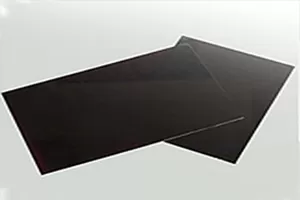
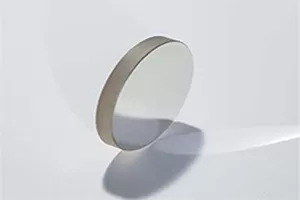
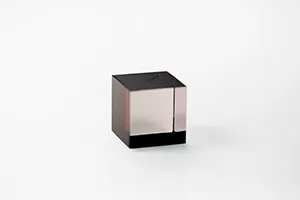
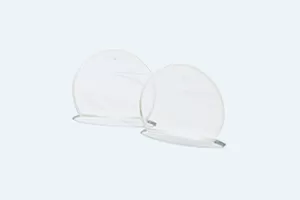
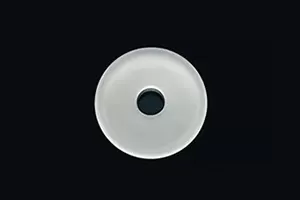
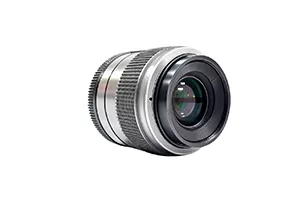
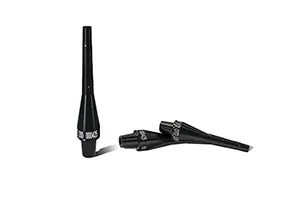
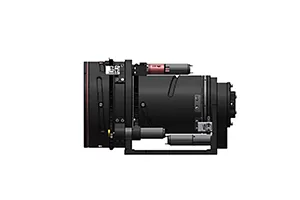
 EN
EN
